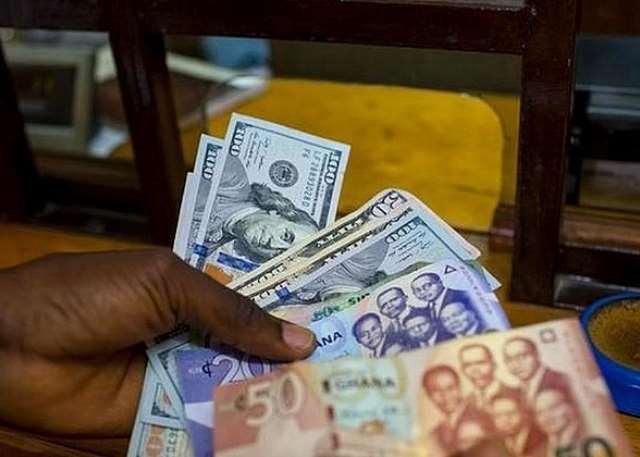The Ghanaian Cedi’s Resurgence: A Comprehensive Analysis of Exchange Rates
The Ghanaian cedi has witnessed a notable resurgence in its value against major international currencies, particularly the US dollar, as of July 3, 2025. This positive development reflects a strengthening of the cedi’s position in the foreign exchange market, offering a glimmer of hope for the Ghanaian economy. This analysis delves into the specifics of these exchange rates across various platforms, including forex bureaus, the Bank of Ghana interbank market, and money transfer services, providing a comprehensive overview of the cedi’s performance.
Data compiled from Cedirates.com, a reputable Ghanaian platform tracking currency and fuel rates, reveals a significant appreciation of the cedi against the US dollar. The average buying rate stands at GHS10.34, while the selling rate is GHS10.96. This indicates a narrowing gap between buying and selling rates, suggesting increased stability and reduced volatility in the forex market. At forex bureaus, the cedi trades at GHS12.20 for dollar purchases and GHS12.60 for sales. This difference reflects the margin maintained by forex bureaus for their services. Notably, the interbank market, facilitated by the Bank of Ghana, shows even more favorable rates, with the cedi buying at GHS10.31 and selling at GHS10.33 against the dollar. This difference highlights the influence of the central bank in stabilizing the currency and promoting a more competitive exchange rate environment.
Beyond the US dollar, the cedi’s performance against other major currencies also reflects a positive trajectory. Against the British pound, the average bureau rate is GHS13.93 for buying and GHS14.87 for selling, while the Bank of Ghana’s interbank rate stands at GHS14.07. Similarly, the euro trades at GHS12.05 for buying and GHS12.82 for selling at forex bureaus, with the interbank rate at GHS12.17. These figures demonstrate a consistent pattern of the cedi holding its ground against these currencies, signifying a broader strengthening of its position in the international forex market.
The analysis extends to encompass the money transfer landscape, where specialized services offer competitive rates for remittances to Ghana. LemFi and Afriex, two prominent players in this space, are offering a dollar rate of GHS10.30 each for transfers from the US or UK. For the British pound, LemFi offers GHS14.14, while Afriex provides a slightly lower rate of GHS14.13. Regarding the euro, both platforms offer a rate of GHS12.13. These rates offer attractive options for individuals sending money to Ghana, further facilitating cross-border transactions and enhancing the flow of remittances into the country.
For digital subscriptions, such as Netflix, Spotify, and Apple Music, payments via Visa and Mastercard are processed at an exchange rate of GHS11.13 for both the dollar and euro. This standardized rate provides clarity and consistency for users of these international platforms, simplifying their payment processes and ensuring predictable costs for their subscriptions.
In summary, the Ghanaian cedi has experienced a notable appreciation against major currencies, including the US dollar, British pound, and euro. This strengthening is reflected across various platforms, from forex bureaus to the interbank market and money transfer services. The improved exchange rates signify positive developments for the Ghanaian economy, potentially contributing to lower import costs, increased investor confidence, and a more stable financial environment. While the long-term sustainability of this trend remains to be seen, the current appreciation of the cedi offers a welcome respite and a sign of potential for future economic growth. Continued monitoring and analysis of these exchange rates will be crucial in assessing the overall impact on the Ghanaian economy and its future prospects.


